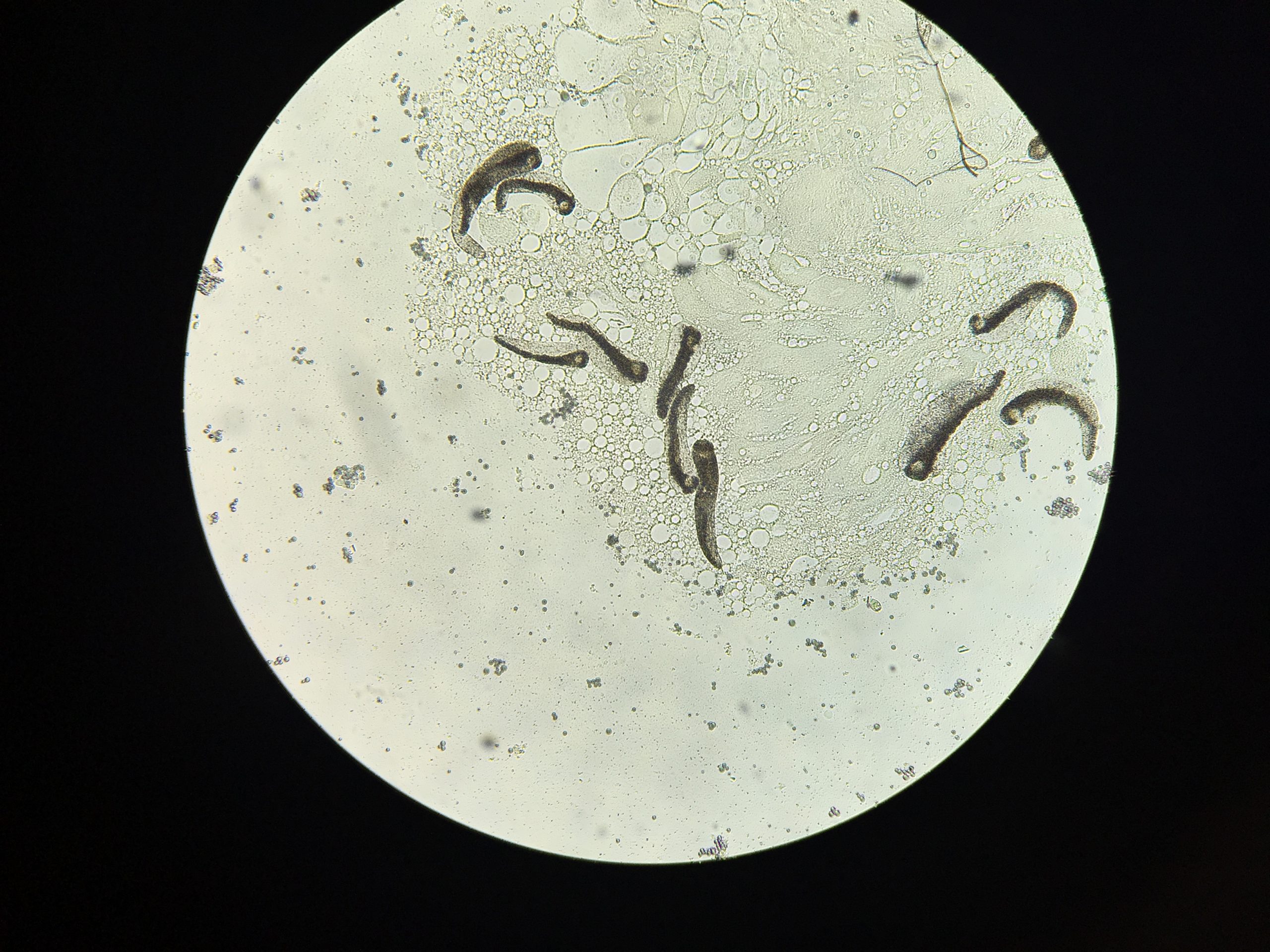Incorporating science into home gardening
Blanketing a home garden in pesticides poses a clear risk to the humans and animals who dine on it. But when the garden is compared to a human immune system, another problem becomes apparent: Just like antibiotics, pesticides wipe out the “good bugs” with the bad. These helpful predators and parasitoids are called natural enemies and they help to naturally control pests like aphids and caterpillars. Certain plants attract natural enemies and/or deter pests all together and can be used in place of harmful chemicals.
